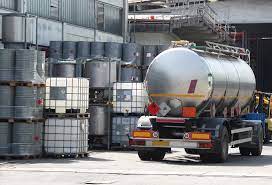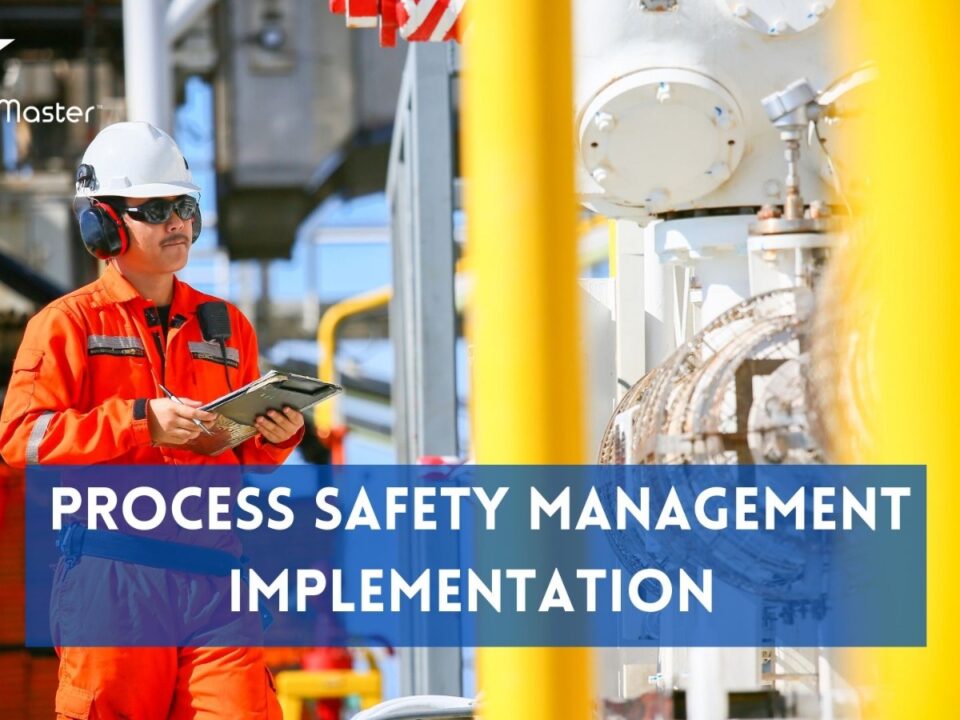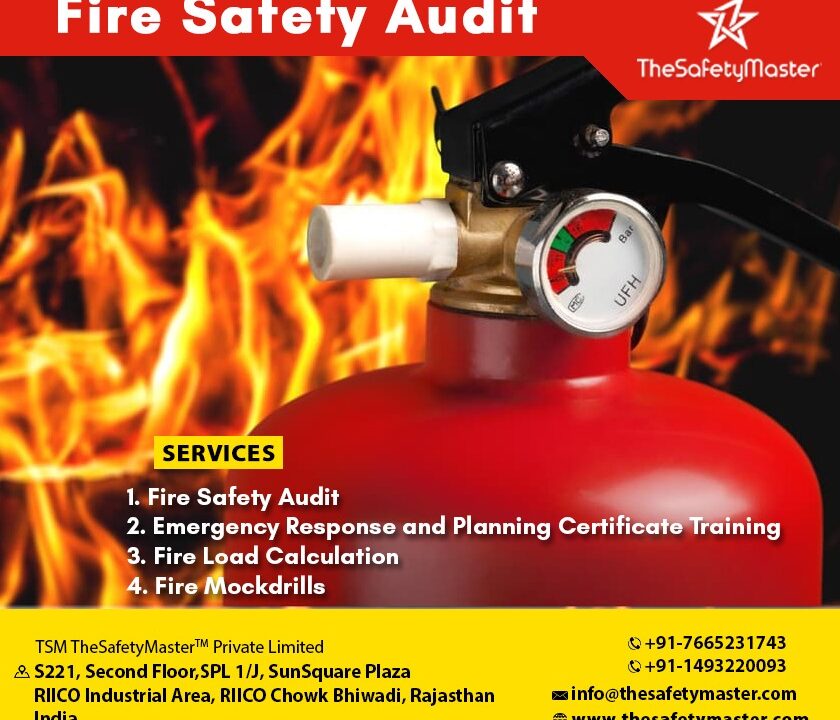Safety in Hazardous Chemical Transportation

Safeguard Your Business with Hazard Identification & Risk Assessment Services
May 12, 2023
Learn the Benefits of Hazop Training
May 12, 2023Ensuring Safety in Hazardous Chemical Transportation
The Importance of Safe Transportation of Hazardous Chemicals
Transporting hazardous chemicals can be a dangerous process that requires careful attention and adherence to strict regulations. The importance of safe transportation of these chemicals cannot be overstated, as the consequences of an accident or spill can be catastrophic for people, the environment, and businesses.
In recent years, there have been several incidents involving hazardous chemical transportation that have resulted in environmental disasters and significant loss of life. These incidents have highlighted the need for improved safety measures and a greater focus on risk management throughout the transportation process.
The importance of safe transportation extends beyond preventing accidents or spills. It is also essential to ensure compliance with legal requirements governing the transport of hazardous materials. Failure to comply with these regulations can result in fines and legal action against businesses involved in transportation.
In short, safe transportation is critical to protect people, property, and the environment. By following best practices for handling hazardous chemicals during transport, businesses can minimize risks associated with this process while maintaining regulatory compliance.
Recognizing Hazardous Chemicals and Their Transportation Risks
Hazardous chemicals are substances that pose a significant risk to human health, property, or the environment. Such substances can cause respiratory illnesses, skin damage, burns or explosions if not handled with care during transportation.
safe transportation of hazardous chemicals involves risks such as accidents, spills, leaks, or exposure to hazardous materials. It is crucial to recognize these risks and mitigate them by implementing appropriate safety measures. This includes knowing the characteristics of the hazardous chemical being transported and understanding its potential hazards.
Govt has established specific labeling requirements for identifying hazardous materials during transportation. These labels include color-coded diamonds with numbers indicating the severity of each hazard associated with the chemical. Proper labeling ensures that all individuals involved in transporting hazardous chemicals understand their contents and potential dangers. Furthermore, recognizing the risks associated with different types of hazardous materials allows for better decision-making on how to transport them safely.
Legal requirements for the transportation of hazardous chemicals
The transportation of hazardous chemicals is heavily regulated, and for very good reason. The risks associated with transporting hazardous chemicals are significant, and those risks need to be minimized as much as possible to protect both people and the environment.
In the United States, the Department of Transportation (DOT) regulates the transportation of hazardous materials. The DOT has established a number of regulations that must be followed by anyone involved in the transportation of hazardous materials. These regulations cover everything from labeling and packaging requirements to vehicle specifications and driver training. Failure to comply with these regulations can result in significant fines or even criminal charges.
Additionally, organizations that transport hazardous materials may also be subject to other federal, state or local regulations depending on their location and the nature of their business. Complying with all relevant regulations can be complex, but it is essential for ensuring safe transportation of hazardous chemicals.
Preparing for a Safe Transportation Process
Before transporting hazardous chemicals, it is crucial to have a detailed plan in place to ensure safety. This includes selecting proper transportation methods, packaging the chemicals correctly, and ensuring that all personnel involved are adequately trained.
The first step in preparing for a safe transportation process is to identify the specific hazards associated with the chemicals being transported. This information should be readily available on the chemical’s Safety Data Sheet (SDS) and should be reviewed thoroughly before any transportation occurs. Once the hazards are identified, appropriate packaging and labeling must be selected according to federal regulations. Additionally, all personnel involved should be trained on how to handle hazardous materials safely.
To further ensure safety during transportation, it is recommended that a risk assessment is conducted before transport takes place. This assessment considers factors such as route selection, potential exposure scenarios, emergency response plans, and contingency measures in case of an accident or spill.
By taking these extensive preparation steps before transporting hazardous chemicals, companies can significantly reduce risks associated with transportation and increase safety for all personnel involved.
Safety measures during transportation of hazardous chemicals
Ensuring safety during the transportation of hazardous chemicals is a critical aspect of preventing accidents and disasters. A variety of safety measures must be taken to prevent spills, leaks, or other incidents that could lead to harm to individuals, property, and the environment.
The most basic safety measure in transporting hazardous chemicals is proper packaging. A container for a hazardous chemical should be durable enough to withstand its weight and not leak or break under normal transport conditions. Additional safety devices such as pressure relief valves, temperature sensors, and proper labeling can also help ensure safe handling during transport.
Other important safety measures include following established protocols for loading and unloading chemicals, conducting inspections before transport, maintaining appropriate equipment such as fire suppression systems or spill containment kits on board vehicles or vessels, and avoiding risks such as driving at excessive speeds or operating vehicles with mechanical problems.
In summary, a comprehensive approach to ensuring safety during transportation of hazardous chemicals includes implementing multiple layers of protective measures. By adhering to these measures consistently and investing in ongoing training for personnel involved in the process, it is possible to minimize risks and prevent accidents from occurring.
Emergency Preparedness and Response
Even with all the precautions taken before and during hazardous chemical transportation, accidents can still occur. Therefore, it is crucial to have an emergency preparedness plan in place to respond quickly and effectively in case of an unexpected incident.
The first step towards successful emergency response is to identify potential emergency scenarios and assess the risks associated with them. This assessment should be carried out early in the transportation planning process and should involve all relevant stakeholders, including shippers, carriers, emergency responders, and regulatory bodies.
The next step is to develop an emergency response plan that outlines how to react in case of an incident. This plan should include procedures for notifying authorities, evacuating people from the affected area, providing medical attention to victims, containing spills or leaks of hazardous materials, and recovering from the incident.
The success of an emergency response plan depends on training and practice. All individuals involved in hazardous chemical transportation should receive proper training on their roles in case of an incident and practice responding to simulated scenarios regularly.
In conclusion, having a well-developed emergency preparedness and response plan is critical for ensuring safety during hazardous chemical transportation. By identifying potential risks early on, developing a comprehensive plan that involves all stakeholders, and providing regular training for everyone involved, we can minimize the impact of incidents if they do occur.
Risk assessment and management during hazardous chemical transportation
The risk assessment process is essential in identifying potential hazards that may occur during the transportation of hazardous chemicals. It involves evaluating the nature and severity of risks, determining appropriate risk controls, and developing a comprehensive plan to manage potential risks.
Effective risk management requires careful planning, clear communication, and attention to detail. It involves implementing safety measures such as proper labeling, packaging, and handling of hazardous chemicals. Furthermore, a detailed emergency response plan must be developed for any possible incidents that may occur during the transportation process.
It is crucial to have a robust risk management system in place that incorporates regular reviews of procedures to ensure they are up-to-date with regulations and best practices. By doing this regularly you can help reduce the likelihood of any incidents occurring while improving efficiency for all involved parties.
The Role of Training and Certifications in Ensuring Safety
Proper training and certification is vital to ensure the safe transportation of hazardous chemicals. The handling, packaging, and transporting of hazardous materials require specialized knowledge and skills that only trained professionals possess. Proper training ensures that employees can identify, handle, and respond to emergencies to minimize risks.
The Department of Transportation (DOT) requires all employees who handle hazardous materials or dangerous goods to undergo proper training. Training includes identifying hazardous materials, preparing shipping papers, classifying shipments properly, selecting appropriate containers for transport, labeling packages correctly, and managing incidents involving dangerous goods.
Beyond DOT requirements, many companies also provide additional training specific to their operations. This may include site-specific hazard awareness training or specialized equipment operation certification required for handling specific chemicals. By investing in employee education and certifications that go beyond minimum federal requirements businesses can ensure a culture of safety where every employee is equipped with the knowledge necessary to keep themselves and the public safe.
Our Services include
- Training in Safety in Hazardous Chemical Transportation and Handling
- Defensive Driver Training for Truck Drivers
- Safety Manual for site
- Emergency Response Training
- First Aid Training
- Fire Fighting Training
- Emergency Response Plan
TSM TheSafetyMaster® Private Limited
Unit No 221-451-452, SPL1/J, 2nd Floor, Sunsquare Plaza Complex, RIICO Chowk, Bhiwadi 301019, Rajasthan, India
Phone: +91 1493 22 0093/+91-124-4881109
Mobile: +91 7665231743/9413882016
Email: info@thesafetymaster.com
SaferIndiaBetterWorld




